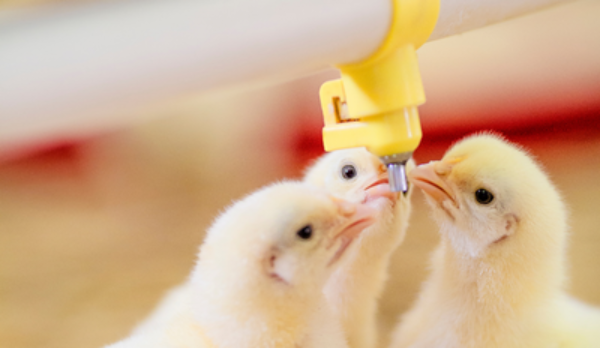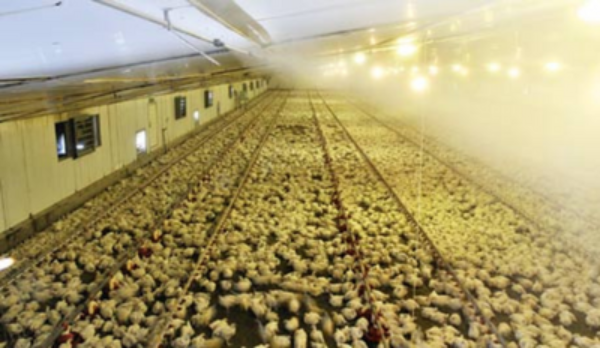INFECTIOUS BURSAL DISEASE
Infectious Bursal Disease (IBD), also known as Gumboro disease, Infectious Bursitis and Infectious Avian Nephrosis, is a highly contagious disease of young chickens and turkeys caused by infectious bursal disease virus, characterized by immunosuppression and mortality generally at 3 to 6 weeks of age.
Pathogenesis
The classic strains cause mortalities that vary from 10 to 50%, while the very virulent strains vary from 50 to 100% in no more than 4 days. The incubation period is 2 to 3 days.
Transmission
The virus is very resistant to the environment, persisting in sheds and poultry environments in an infective form for months. Food, water and bedding can support the virus.
It is transmitted by direct contact with infected birds or contaminated fomites. Mechanical vectors are also involved in its spread, such as wild birds, insects (insects taken from infected poultry houses have been reported to infect chickens after two months), and human. There is no evidence of vertical transmission or the presence of carriers. It has also been shown that dogs and rats can carry the virus for short periods.
The virus is stable and resistant to a variety of disinfectants (1 hour at 0.5% phenol; 6 hours at 0.5% reduced formalin). Inactivated at pH 12. Survives at 60°C for 30 minutes but not at 70°C.
Symptoms
The disease can be seen from 3 days postinfection in birds up to 21 days of age. In its acute or classic form, which occurs in birds 3 to 6 weeks of age, pecking, depression, white diarrhea, vent gleet, anorexia, ruffled feathers, lethargy, and sudden death are observed. In its subclinical form (generally birds under 3 weeks of age), growth retardation is associated with other diseases.
It is common to find dehydration and hemorrhages in thigh and pectoral muscles at necropsy. There may be increased mucus in the intestine and nephritis. Initially, the bursa is enlarged due to edema and hyperemia, with longitudinal striations that progress to atrophy of the lymphoid tissue with areas of necrosis and hemorrhage. There may be mild splenomegaly.
The first outbreak on a farm is the most acute and with the highest mortality, and is subsequently a subclinical disease in young birds due to maternal antibodies.
Application and Treatment

Water for animal consumption
Treatment of drinking water with Safrax chlorine dioxide > 0.8 ppm is sufficient to inactivate IBDV.

Surface disinfection
Facilities without Animals, fumigation or spraying from 100 to 500 PPM
Facilities with Animals presents, fumigation or spraying at 25 PPM

